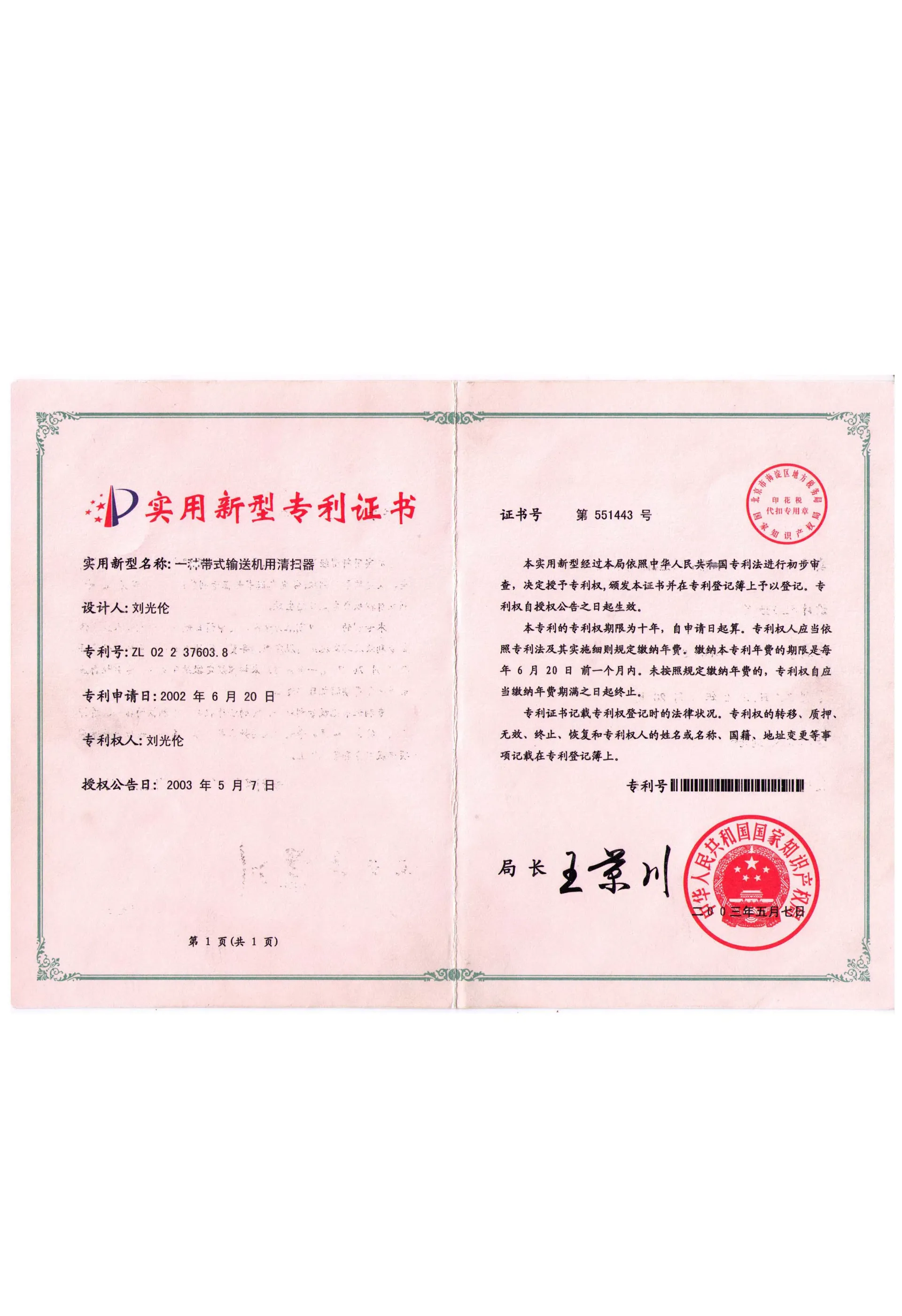 Afrikaans
Afrikaans  Albanian
Albanian  Amharic
Amharic  Arabic
Arabic  Armenian
Armenian  Azerbaijani
Azerbaijani  Basque
Basque  Belarusian
Belarusian  Bengali
Bengali  Bosnian
Bosnian  Bulgarian
Bulgarian  Catalan
Catalan  Cebuano
Cebuano  Corsican
Corsican  Croatian
Croatian  Czech
Czech  Danish
Danish  Dutch
Dutch  English
English  Esperanto
Esperanto  Estonian
Estonian  Finnish
Finnish  French
French  Frisian
Frisian  Galician
Galician  Georgian
Georgian  German
German  Greek
Greek  Gujarati
Gujarati  Haitian Creole
Haitian Creole  hausa
hausa  hawaiian
hawaiian  Hebrew
Hebrew  Hindi
Hindi  Miao
Miao  Hungarian
Hungarian  Icelandic
Icelandic  igbo
igbo  Indonesian
Indonesian  irish
irish  Italian
Italian  Japanese
Japanese  Javanese
Javanese  Kannada
Kannada  kazakh
kazakh  Khmer
Khmer  Rwandese
Rwandese  Korean
Korean  Kurdish
Kurdish  Kyrgyz
Kyrgyz  Lao
Lao  Latin
Latin  Latvian
Latvian  Lithuanian
Lithuanian  Luxembourgish
Luxembourgish  Macedonian
Macedonian  Malgashi
Malgashi  Malay
Malay  Malayalam
Malayalam  Maltese
Maltese  Maori
Maori  Marathi
Marathi  Mongolian
Mongolian  Myanmar
Myanmar  Nepali
Nepali  Norwegian
Norwegian  Norwegian
Norwegian  Occitan
Occitan  Pashto
Pashto  Persian
Persian  Polish
Polish  Portuguese
Portuguese  Punjabi
Punjabi  Romanian
Romanian  Russian
Russian  Samoan
Samoan  Scottish Gaelic
Scottish Gaelic  Serbian
Serbian  Sesotho
Sesotho  Shona
Shona  Sindhi
Sindhi  Sinhala
Sinhala  Slovak
Slovak  Slovenian
Slovenian  Somali
Somali  Spanish
Spanish  Sundanese
Sundanese  Swahili
Swahili  Swedish
Swedish  Tagalog
Tagalog  Tajik
Tajik  Tamil
Tamil  Tatar
Tatar  Telugu
Telugu  Thai
Thai  Turkish
Turkish  Turkmen
Turkmen  Ukrainian
Ukrainian  Urdu
Urdu  Uighur
Uighur  Uzbek
Uzbek  Vietnamese
Vietnamese  Welsh
Welsh  Bantu
Bantu  Yiddish
Yiddish  Yoruba
Yoruba  Zulu
Zulu Understanding the Mechanics of Head and Tail Pulleys in Conveyor Systems and Their Applications
Understanding Head and Tail Pulleys in Conveyor Systems
In the realm of material handling and conveyor systems, head and tail pulleys are critical components that ensure the efficient movement of materials. These pulleys play a pivotal role in the operation of belt conveyors, which are widely used in industries ranging from mining and manufacturing to logistics and agriculture. Understanding the functions of head and tail pulleys, as well as their design and maintenance, is essential for optimizing conveyor performance.
The Role of Head Pulleys
The head pulley, often located at the discharge end of the conveyor, is designed to drive the conveyor belt forward. It is connected to a motor, which provides the necessary power to move the belt and the materials it carries. The head pulley is typically larger in diameter compared to the tail pulley, which aids in generating the tension needed to maintain belt stability and prevent slippage. The surface of the head pulley is usually covered with rubber or another high-friction material to enhance grip and ensure efficient material transfer without spillage.
Additionally, head pulleys are equipped with a crown, or slight curvature, which helps maintain the alignment of the conveyor belt. This design feature prevents the belt from drifting off-center, thereby reducing wear and prolonging the life of both the belt and the components of the conveyor system.
The Function of Tail Pulleys
In contrast, the tail pulley is situated at the loading end of the conveyor belt and serves as the support and return point for the belt. It is not involved in driving the belt; instead, its primary function is to provide tension on the return side of the belt. A well-designed tail pulley ensures that the belt remains taut, which is essential for reliable operation and efficient material handling.
head pulley and tail pulley

Tail pulleys can sometimes be adjustable, allowing operators to fine-tune the tension according to the specific requirements of the system. This is particularly important in applications where the belt length or load can fluctuate, such as in aggregate handling or bulk material transport.
Maintenance Considerations
Like all components of a conveyor system, head and tail pulleys require regular maintenance to operate effectively. Over time, wear and tear can occur, particularly on the surface of the pulleys. Regular inspection is necessary to check for signs of damage such as cracks, uneven wear, or buildup of material that can affect performance.
Lubrication is another important maintenance task. It is essential to ensure that any bearings associated with these pulleys are properly lubricated to minimize friction and prolong their lifespan. Additionally, operators should monitor the belt tension regularly, adjusting the tail pulley as needed to maintain optimal performance.
Conclusion
Head and tail pulleys are indispensable components of conveyor systems, playing unique yet complementary roles in the operation and efficiency of material handling processes. By understanding their functions and implementing proper maintenance practices, industries can enhance their operational efficiency, reduce downtime, and extend the lifespan of their conveyor systems. As technology continues to evolve, innovations in pulley design and materials hold the potential to further optimize these crucial elements, benefiting a wide array of industrial applications.
-
Revolutionizing Conveyor Reliability with Advanced Rubber Lagging PulleysNewsJul.22,2025
-
Powering Precision and Durability with Expert Manufacturers of Conveyor ComponentsNewsJul.22,2025
-
Optimizing Conveyor Systems with Advanced Conveyor AccessoriesNewsJul.22,2025
-
Maximize Conveyor Efficiency with Quality Conveyor Idler PulleysNewsJul.22,2025
-
Future-Proof Your Conveyor System with High-Performance Polyurethane RollerNewsJul.22,2025
-
Driving Efficiency Forward with Quality Idlers and RollersNewsJul.22,2025





























